A strategic shift towards self-reliance
To bridge competitiveness gap, trade policy modernisation must be starting point
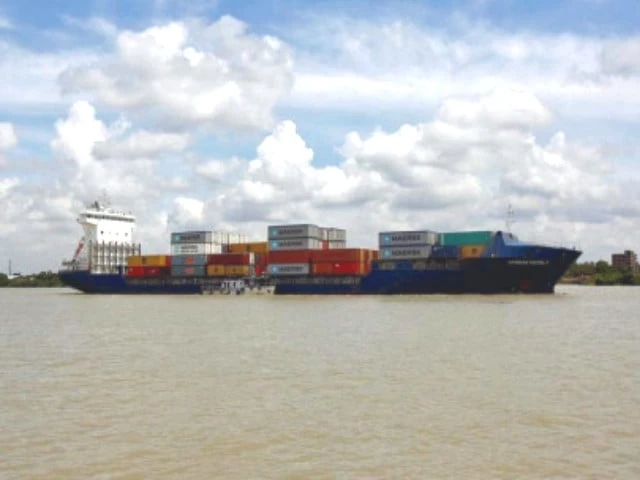
The government's recent shift towards an export-led growth strategy has garnered broad support. Yet, some manufacturers and commentators remain sceptical, expressing concerns about the impact on local industry and jobs.
Others question the timing of these reforms, particularly amid a global "trade war," not realising that this should have been done when Pakistan had started approaching the IMF in quick succession from 2008 onwards for relatively large bailout packages.
For more than a decade, Pakistan's exports have remained stagnant – hovering between $25 and $30 billion annually – while imports have nearly doubled. This widening gap has created a structural imbalance in the foreign exchange reserves, leaving the economy perpetually vulnerable to external shocks and reliant on repeated IMF bailouts.
To break this cycle, the government established specialised task forces comprising trade experts, senior officials and academia. After months of rigorous analysis and consultation, the conclusion was clear: without a comprehensive overhaul of Pakistan's outdated and distortionary import tariff regime, achieving sustained, double-digit export growth will remain elusive.
Several international organisations that have studied Pakistan's trade regime have long urged reform. The World Bank, for example, has consistently ranked Pakistan among the world's most protectionist economies, with average tariffs at least twice the global average and three times higher than those in successful East Asian economies. This tariff structure has created a strong anti-export bias, functioning more as a tool for revenue collection than as a catalyst for industrial competitiveness. If Pakistan is serious about bridging its competitiveness gap and integrating into global markets, modernising its trade policies must be the starting point – and the moment to act is now.
In line with the government's commitment to doubling exports within its five-year tenure, tariff restructuring efforts have been underway for several months. Once finalised, the proposed changes were evaluated through rigorous economic simulations using models such as the Global Trade Analysis Project (GTAP) and government-developed econometric frameworks.
The results indicated clearly positive economic outcomes: increased employment, accelerated export growth outpacing imports and a favorable shift in investment flows. Notably, the analysis revealed a direct correlation between the ambition of reforms and the productivity of outcomes – the bolder the reforms, the greater the economic gains.
These findings are not based on theoretical models alone. Historical evidence from both Pakistan's own tariff liberalisation efforts in the 1990s and early 2000s, as well as from other developing countries, shows that opening up to competition spurs exports, creates jobs, and reduces poverty, especially benefiting small and medium-sized enterprises (SMEs).
Of course, no reform is without its challenges. Certain sectors may require transitional support. But with careful planning and well-designed safeguards, tariff reform could be the bold step Pakistan needs to unlock its full export potential.
While the government will closely monitor implementation and impact, it is crucial to focus on the long-term upside and acknowledge the costs of not reforming. Over the past two decades, many of our peer countries embraced liberalisation while Pakistan fell behind, increasing its economic isolation.
Unsurprisingly, not all stakeholders agree. The Pakistan Association of Auto Parts and Accessories Manufacturers (Paapam) has expressed strong reservations about reducing tariffs to 15% over the next five years. They argue that such reductions could force many local firms to shut down and exacerbate unemployment.
However, the Karachi Chamber of Commerce and Industry (KCCI) counters that excessively high tariffs – currently over 87% on auto parts – only encourage smuggling. According to the KCCI, smuggled auto parts already account for 60% of the market, worth $380 million.
Similarly, a Customs Department study found that in 2021, smuggled auto parts captured half of the Rs122 billion market while local production stood at just Rs16 billion. Ironically, tariffs designed to protect the domestic industry are instead incentivising smuggling and undermining both industry and government revenue.
High tariffs carry several additional drawbacks. They have contributed to Pakistan's economic isolation, both regionally and globally. To offset the impact on certain industries, the government has introduced a range of schemes to provide cheaper inputs – yet these benefits are largely captured by a few large players, leaving SMEs at a disadvantage. At the same time, the cost of exemptions and concessions under the customs duty regime has surged, now amounting to nearly 50% of the total tariff revenue. This growing volume of preferential treatment not only undermines the integrity of the tariff system but is also widely seen as a major deterrent to foreign investment, which thrives on transparency, predictability and a level playing field.
Tariff reform is not a leap into the unknown; it is a calculated, evidence-based step towards a more dynamic, inclusive and globally competitive economy. While short-term resistance is inevitable, the long-term benefits far outweigh the costs.
If implemented with vision and consistency, these reforms can serve as a cornerstone of Pakistan's economic transformation, helping the country shift from a consumption-driven, import-reliant model to one that thrives on productivity, innovation and exports. This is not just about trade policy; it is about reshaping Pakistan's economic destiny. The choice before us is clear: continue with the status quo and endure recurring crises, or embrace reform and move confidently towards prosperity.
The writer is a Senior Fellow at the Pakistan Institute of Development Economics (PIDE). Previously, he has served as Pakistan's Ambassador to WTO and FAO's representative to the United Nations at Geneva

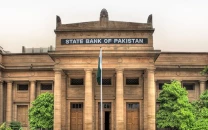


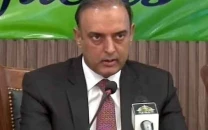

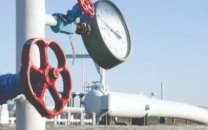
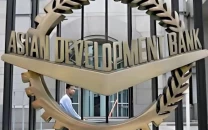
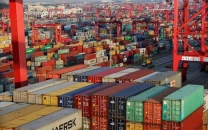
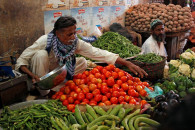

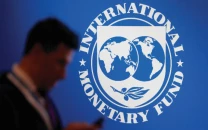
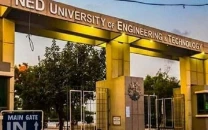
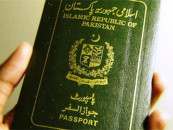
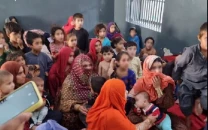
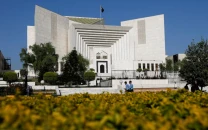






COMMENTS
Comments are moderated and generally will be posted if they are on-topic and not abusive.
For more information, please see our Comments FAQ